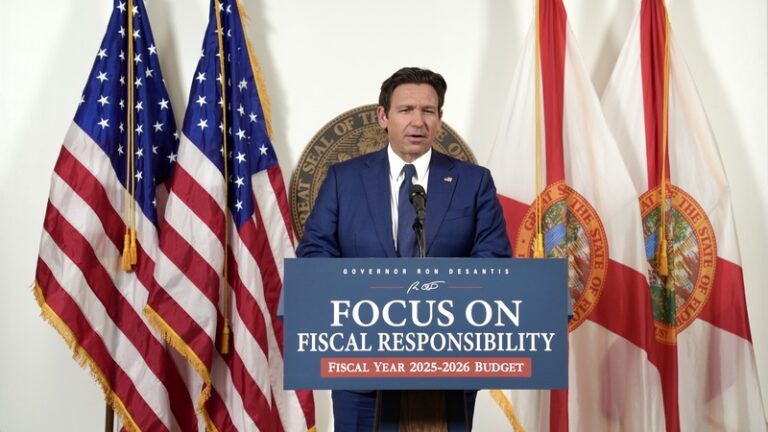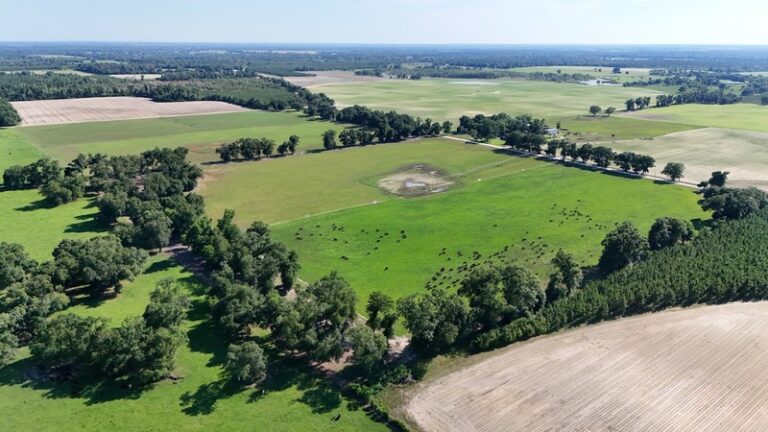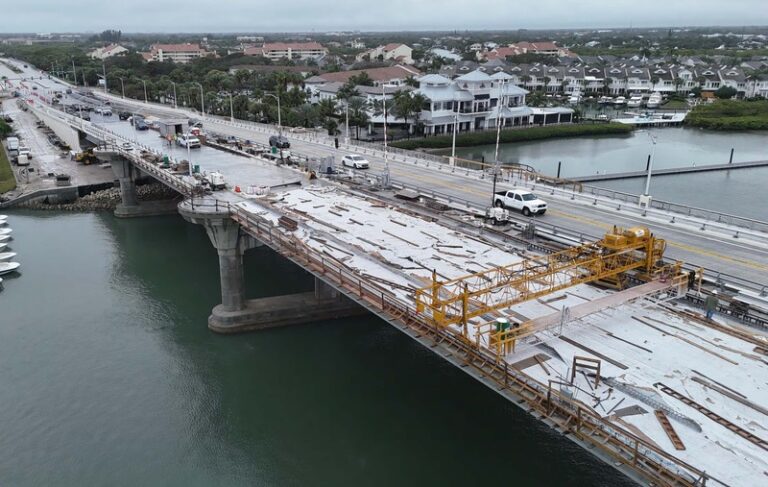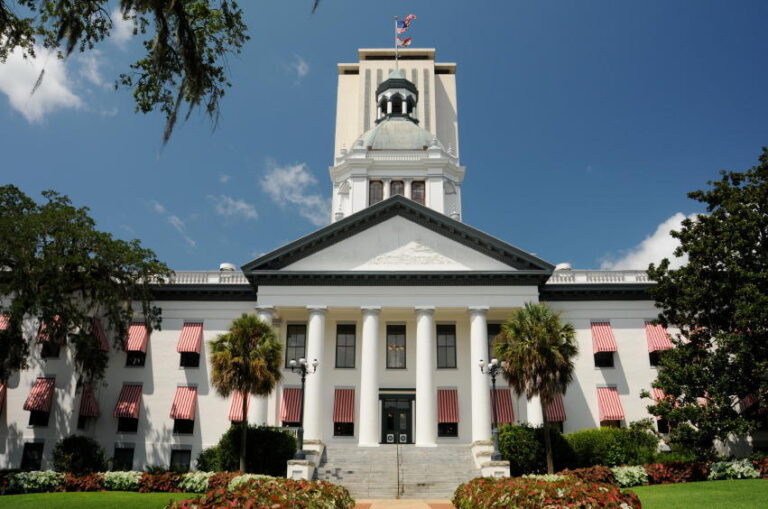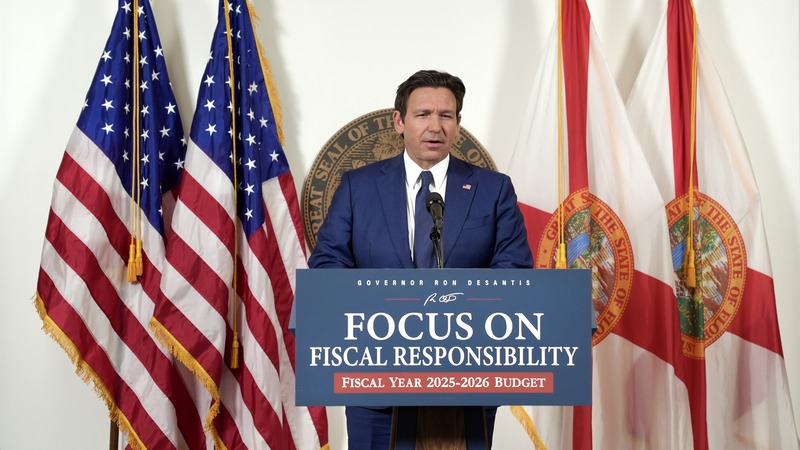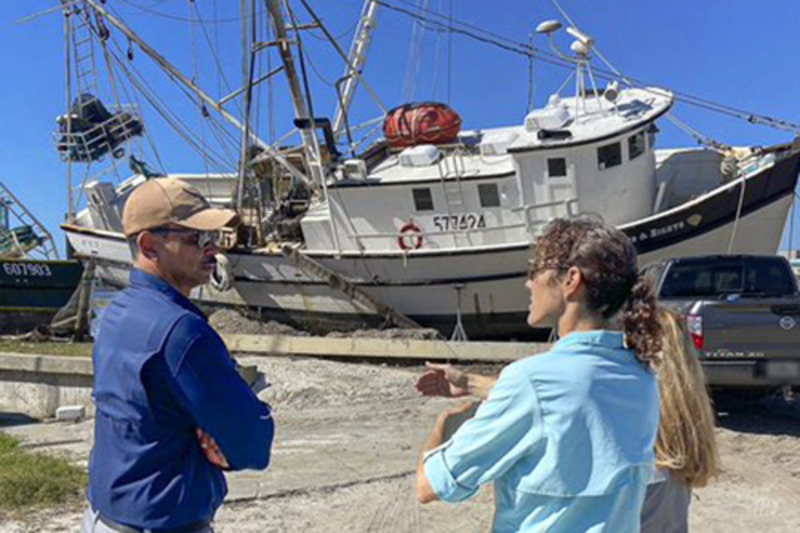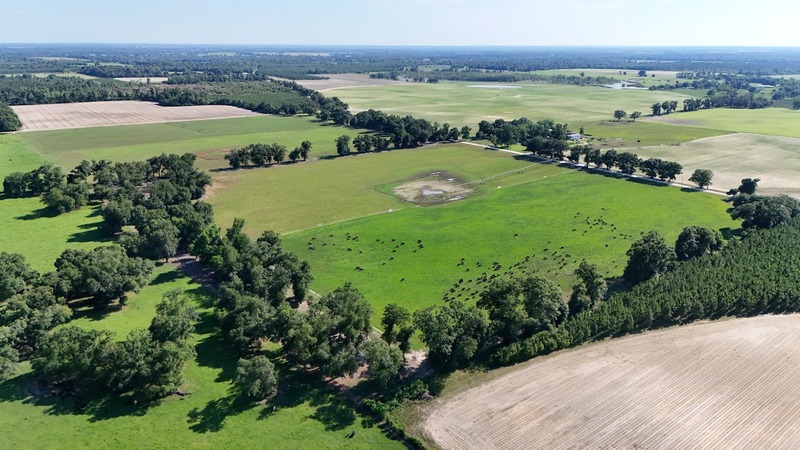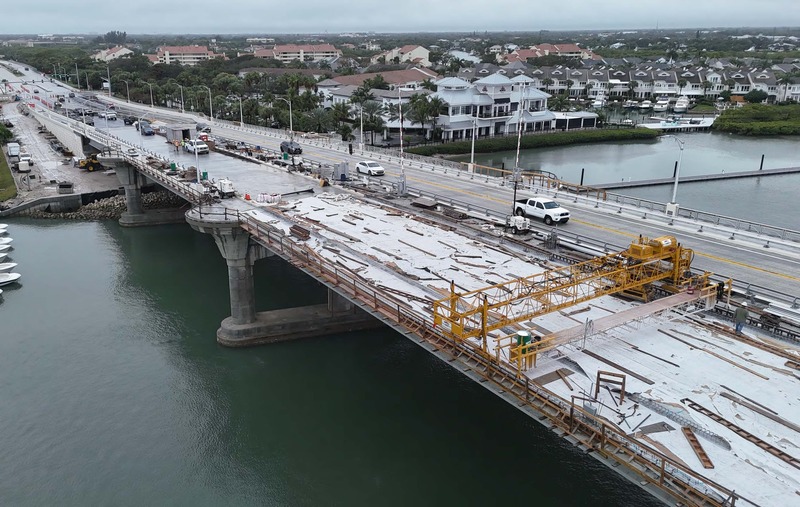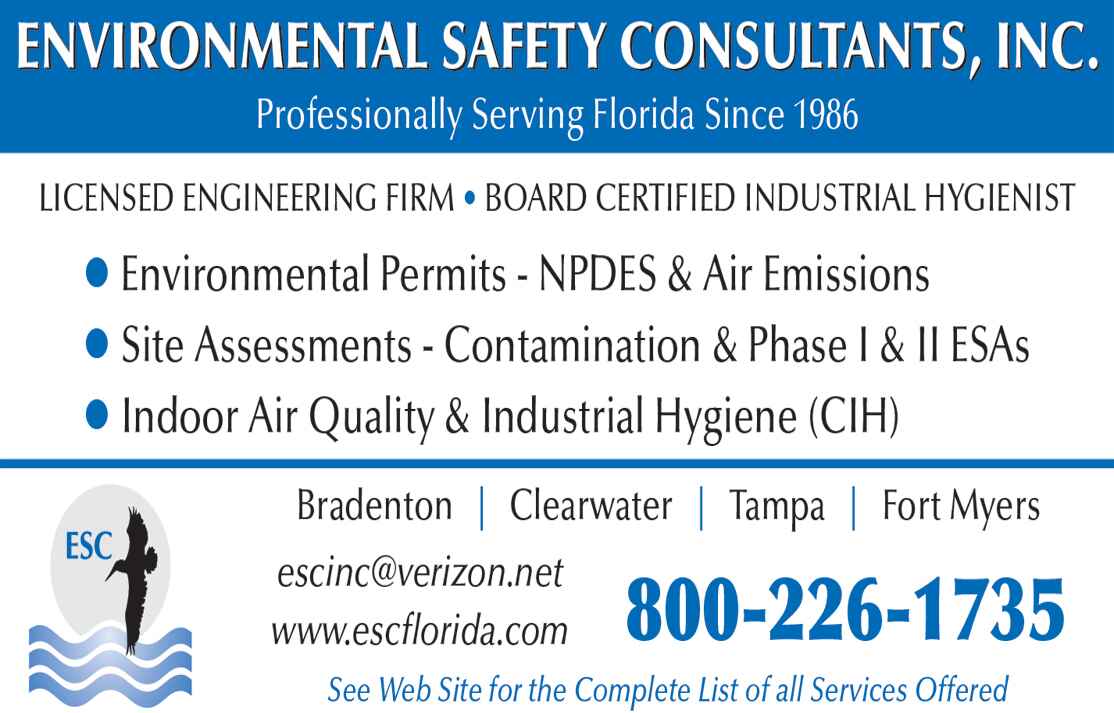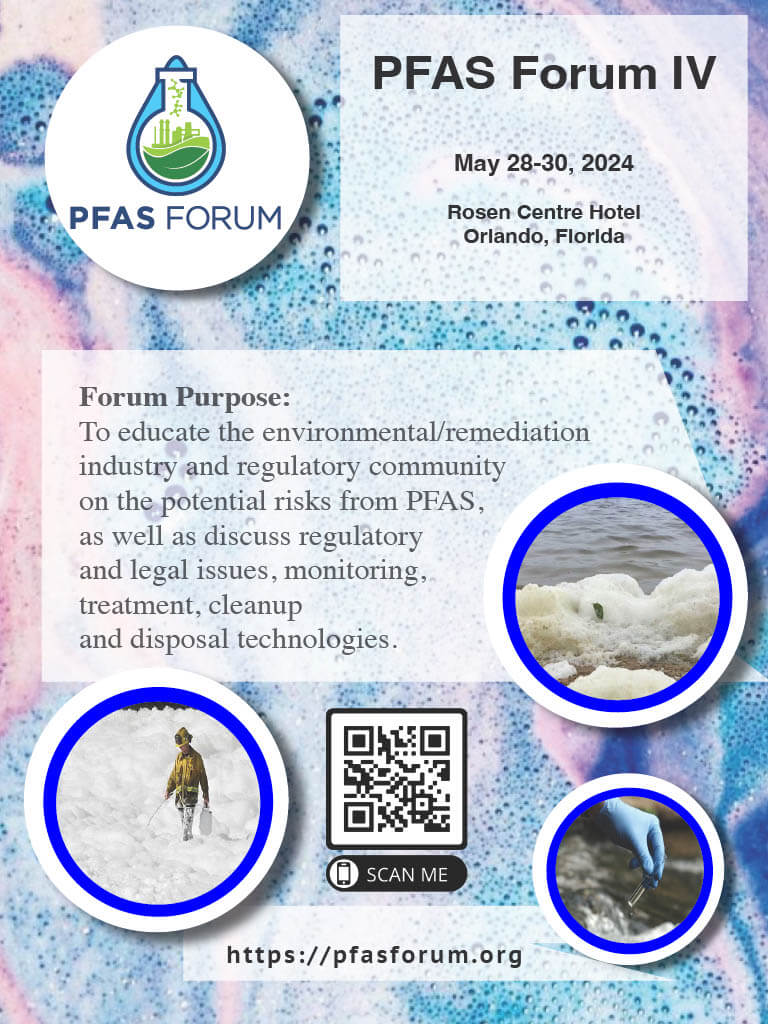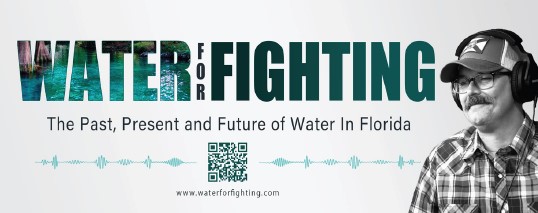By STAFF REPORTS
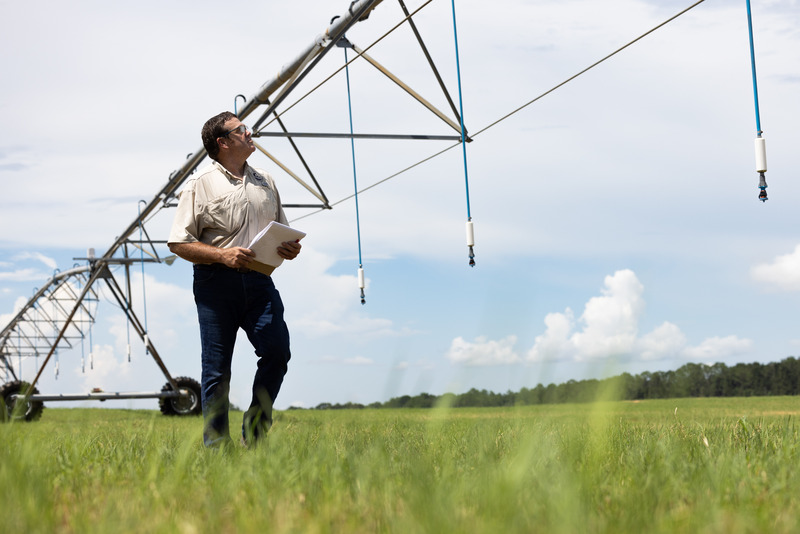
Nestled in the heart of northern Florida, the Suwannee River Water Management District (District) plays a pivotal role in managing water resources for the region’s diverse array of stakeholders.
From farmers needing irrigation to residents relying on wells, the District ensures that every drop of water is allocated wisely. This is no small feat, especially in an era where water scarcity and water quality concerns loom large.
Monitoring: A Key to Sustainable Use
At the core of the District’s mission is the monitoring and regulation of water wells throughout its area. Through monitoring, the District can track and understand the broader implications of how water use affects natural resources, ensuring that water use is sustainable for future generations of farmers, small business owners, residents, and other user groups.
Warren Zwanka, P.G., who has spent decades studying the hydrogeology of the region, emphasizes the importance of this work.
“The water use reporting we receive is critical to understanding the changing demands of our water users and for planning for a sustainable water supply into the future,” he said. “Our goal is to maintain that delicate balance between water availability and demand.”
The District uses advanced technology, such as transducers — small cylinders with pressure gauges — that measure water levels in real time. These tools are vital for making informed decisions about the condition of our aquifer, especially in agricultural areas where demand can be high. The data collected allows the District to identify areas where further regulation may be necessary to ensure that water withdrawals do not exceed sustainable limits.
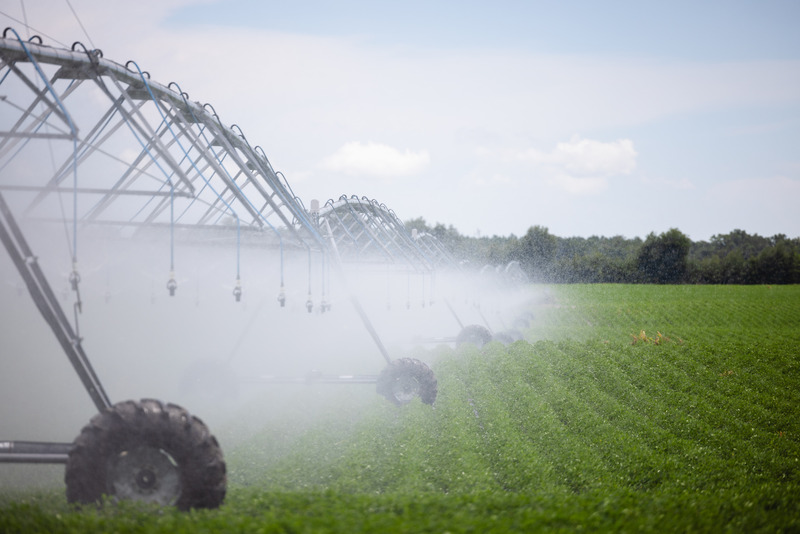
“Our work is about stewardship — ensuring that water use today does not compromise availability for future generations. Every drop matters, and our monitoring helps us understand how to protect this resource,” Zwanka said.
Supporting Agriculture: Balancing Efficiency and Sustainability
Agriculture is a cornerstone of the economy within the District and managing water for this sector is one of the District’s most challenging tasks.
David King, P.G., who oversees the water well construction and monitoring for the District, notes that the District’s approach is not just about imposing limits but about helping farmers use water more effectively.
“Agriculture is vital; best management practices such as improving irrigation efficiencies and regular maintenance can reduce total water use, reduce production costs, and are one component of keeping the resource sustainable,” King said. “That’s why we’ve invested in cost-share initiatives that help farmers adopt more efficient irrigation methods.”
These initiatives include the introduction of moisture probes, which allow farmers to monitor soil conditions and water their crops only when necessary. By providing financial support for these technologies, the District helps reduce overall water usage while maintaining agricultural productivity.
“We’re committed to supporting our farmers, but it has to be done sustainably,” King said. “Our cost-share programs are a win-win — they save water and help farmers maintain their livelihoods.”
The Strain on Water Supply from Population Growth
The District is an area replete with beautiful springs and natural beauty, making it an attractive place to live. As the region experiences rapid growth and more than 3,000 new wells are permitted by the District each year, the temptation for some to attempt to drill their own water supply is high. All well construction, repair, and abandonment activities must be done following strict state guidelines, and failing to follow these guidelines jeopardizes everyone’s drinking water supply. Well drillers are licensed by the water management districts and they receive extensive training in order to provide homeowners with a plentiful water source that also protects the aquifer.
“There are very few areas of our District where wells can be constructed without machinery capable of drilling into rock,” Zwanka said. “Well construction in SRWMD is an activity best left up to licensed professionals.”
The District works closely with local health and building departments to enforce regulations and ensure that all wells meet the necessary standards. This collaboration is crucial in maintaining the integrity and sustainability of the region’s water resources.
Protecting the Future: Collaborative Solutions and Environmental Stewardship
The District doesn’t operate in isolation; it regularly collaborates with other water management districts to address regional water issues. This collaboration is vital in ensuring that water resources are managed consistently across the state and that any anomalies in water usage are quickly identified and addressed.
“We meet routinely with other districts to ensure standards for water usage stay consistent across the board,” King said. “It’s a collaborative effort to find solutions that reduce abnormalities and protect our water resources.”
One of the key concerns for the District is the potential for environmental degradation if water use is not carefully managed. Reduced spring flow, for instance, can have cascading effects on the local ecosystem, affecting everything from wildlife habitats to recreational opportunities.
“Our work is not just about regulation — it’s about stewardship. We’re here to protect the environment and ensure that future generations can enjoy the natural beauty and resources of this region” King added.
Informed Water Management
The District’s work is vital for ensuring that water resources are managed effectively and fairly for all stakeholders.
As Zwanka puts it: “Water management is about more than just keeping the taps running — it’s about ensuring that everyone has access to this critical resource without compromising the health of our environment.”
In a world where water is becoming increasingly scarce, the work of the District serves as a model for how we can balance the needs of different stakeholders while protecting rivers, lakes, springs and wells for future generations.


